Getting between London Heathrow Airport and London Gatwick Airport is time-consuming and requires a journey by either rail or road. For a time back in the late 1970s and early 1980s, it was possible to transfer between the two airports in 15 minutes by helicopter.
Getting between the two airports
Before we get into the helicopter shuttle, let's first talk a little about where Heathrow Airport and Gatwick Airport are in relation to each other. London Heathrow (LHR) is located 15 miles west of central London, while London Gatwick Airport (LGW) is located 30 miles to the south of London near Crawley in West Sussex.
The quickest and most efficient way to get from the airport to Central London is to take the Heathrow Express train to Paddington Station. Trains depart every 15 minutes with a journey time of 15 minutes from Terminal 1 and Terminal 2. From Terminal 4 and Terminal 5, add another five minutes.
A second option is to take the London Underground. The airport lies at the end of the Piccadilly Line, which takes around 55 minutes to reach London. It also has stops on the long-awaited Elizabeth Line, which connects the airport to London in approximately 40 minutes.
Love aviation history? Discover more of our stories here.
The best way to get to central London from Gatwick is to take the Gatwick Express train. The service operates every 30 minutes and has a journey time of 30 minutes. Currently, there is no direct rail link between the two airports, which means if you need to get between the two airports by rail or underground, you will need to change in central London.
The other option is to travel by bus with National Express and Oxford Bus Company offering direct links. A one-way ticket costs around £25 ($31) and can take anywhere from 1hr to 1hr 25 minutes depending on what bus you get and the traffic.
A third option is to shell out for a taxi. Taking a taxi between the two airports may be the easiest option, but it comes at a price. A black cab ride between the two airports can cost over £100 one way. Rather than charging by the mile, London black cabs charge by the minute. It should take around 45 minutes to get between the two airports, but it could be costly if you are unfortunate enough to get stuck in traffic.
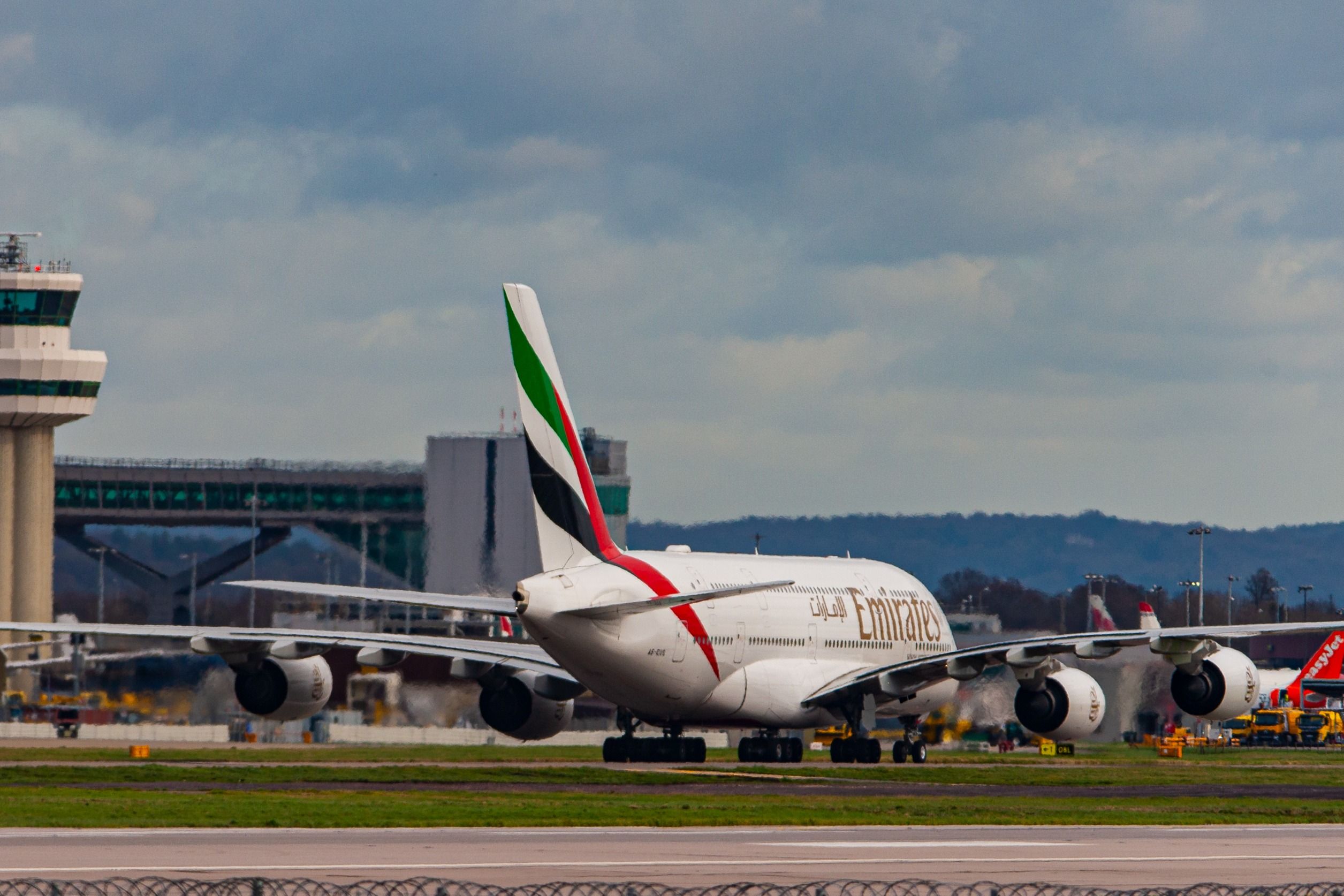
Encouraging Public Transport Use: London Gatwick Airport Raises Drop-Off Charges By 20%
The airport argued that the new charges could encourage the use of public transportation.Another option is to pay for a private taxi service in advance to meet you at the airport. The advantage of this is that you know the price upfront and that a driver will be waiting for you in the terminal's arrival area.
It used to take 15 minutes by helicopter.
It may be hard to envision now, but forty-something years ago, getting between Heathrow and Gatwick airports could be done in 15 minutes and cost just £12 (£75 today). You also have to remember that back in 1978, when the helicopter shuttle started, there was no M-25 motorway. Without the London Orbital Highway, getting between the two airports took much longer than it does today.
The first significant air connection between the airports came in 1969, compliments of Westward Airways. The airline offered up to six direct shuttle flights between Heathrow and Gatwick per day during the week, using a Britten-Norman BN-2A 'Islander.' Flights took around 20 minutes, and the service operated for just over a year before shutting down due to operational issues.
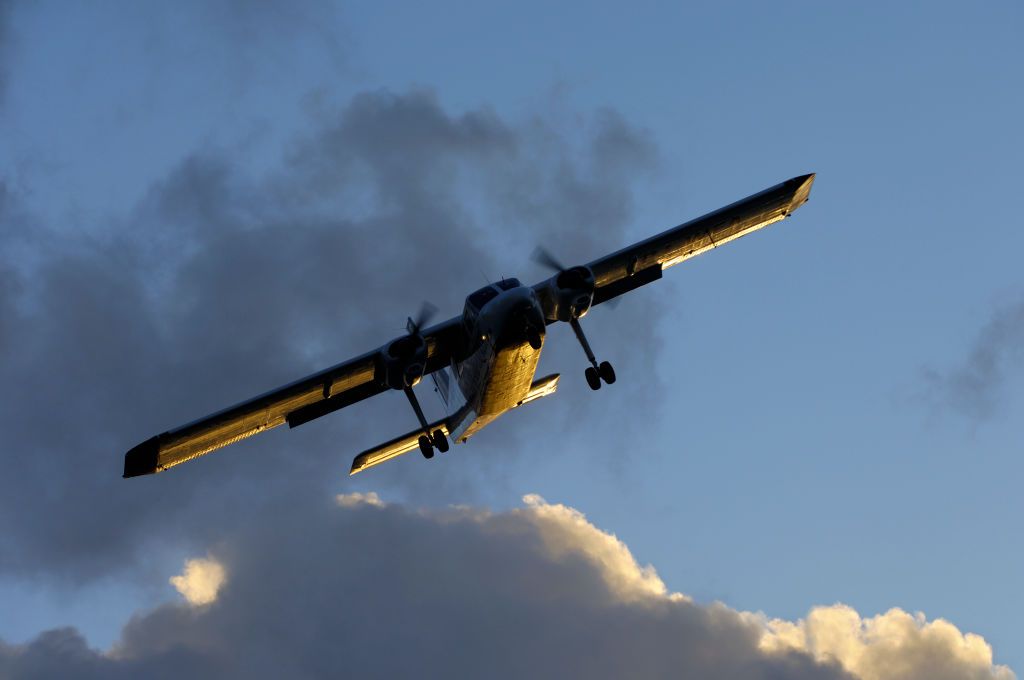
The Story Of Westward Airways' Short-Lived Heathrow-Gatwick Shuttles
The service barely operated for more than a year.With passenger numbers at both airports rising year-on-year, British Caledonian Airways and British Airways Helicopters decided to offer a shuttle service between London's two busiest airports. The British Airports Authority (BAA) owned both airports and agreed to the Airlink joint venture. British Airways provided the pilots and British Caledonian Airways the ground crew.
The helicopter chosen for the job was an American-built Sikorsky S-61 registered V-LINK. The helicopter could seat 28 passengers and, with six flights each way per day, accommodate the estimated 64,000 passengers per year that was envisaged. Flights took off June 9th, 1978, with the future King Charles. Having qualified as a helicopter pilot in 1974, the Prince of Wales reportedly flew in the jump seat on the flight deck for the short hop to Heathrow.
A noisy connection
The big drawback with the helicopter shuttle was that the flight path took it over densely populated areas of London. Because of noise restrictions, flights were only allowed to operate between 06:30 and 21:15.
Did you know we also have an aviation YouTube channel here?
Despite only being allowed to operate from morning until late evening, groups like the Gatwick Conservation Area Campaign and the Federation of Heathrow Anti-Noise Group campaigned against the flights. They argued that a bus link between the two airports was a better solution. British Airways countered those claims, saying that its business and first class passengers would not be happy having to take a bus.
The helicopter shuttle lived up to its initial estimates, carrying 60,000 passengers a year during the years it operated. Passenger loads remained high, even after the helicopter's carrying capacity was reduced to 26 passengers in order to accommodate more passengers.
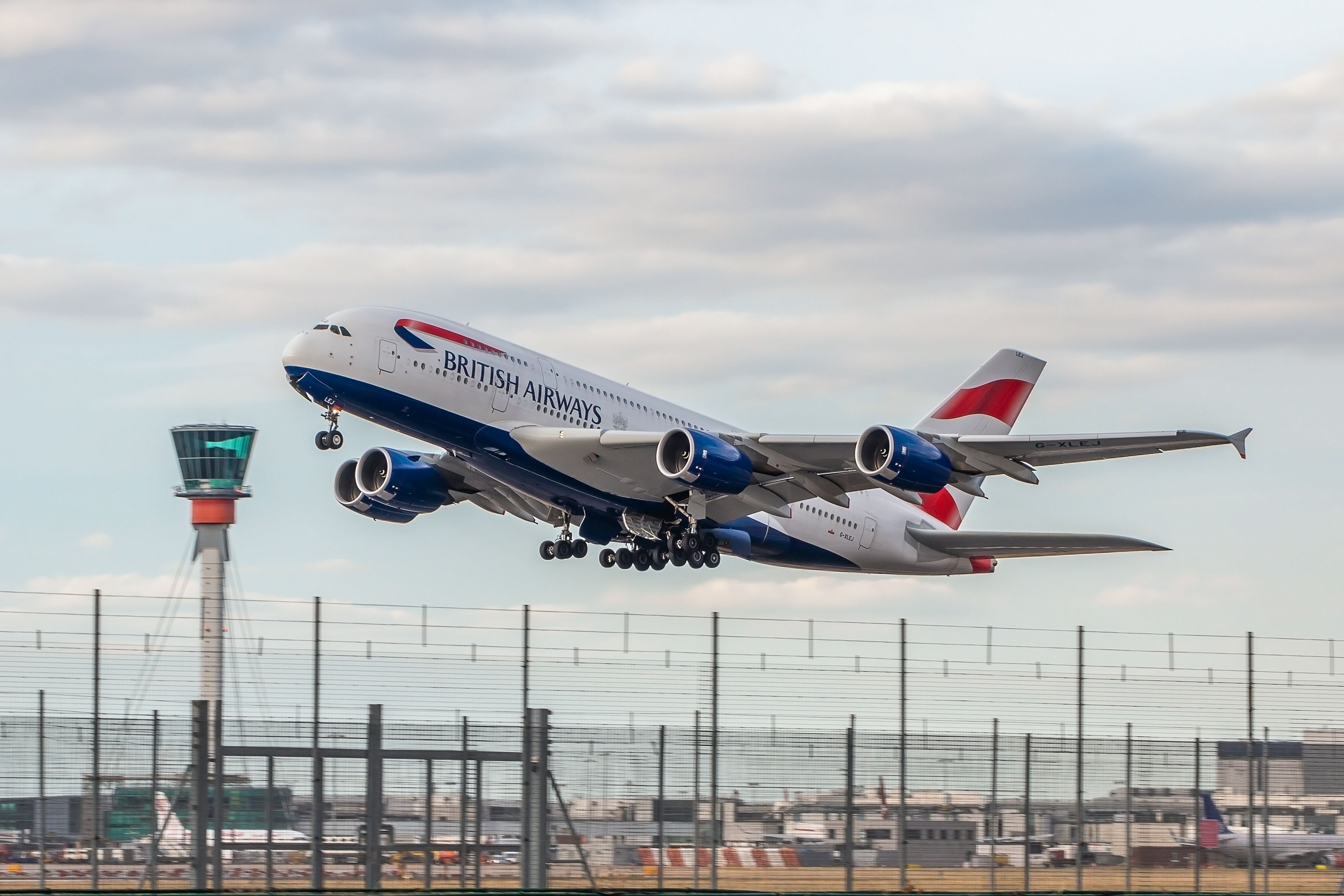
5 Defining Events From London Heathrow Airport's History
Heathrow has grown to one of the busiest airports in the world.The completion of the London Orbital Motorway, the M-25, in 1986 was the beginning of the end for the helicopter link. Despite continued efforts to continue the service, Transport Secretary Nicholas Ridley decided that Airlink was no longer needed and revoked its license. The final Airlink flights operated on February 6th, 1986, and the helicopter has since been scrapped. This proved to be a big blow for British Caledonian Airways and partially led to them ceasing operations two years later.
Have you ever flown on Airlink? Let us know in the comment section.

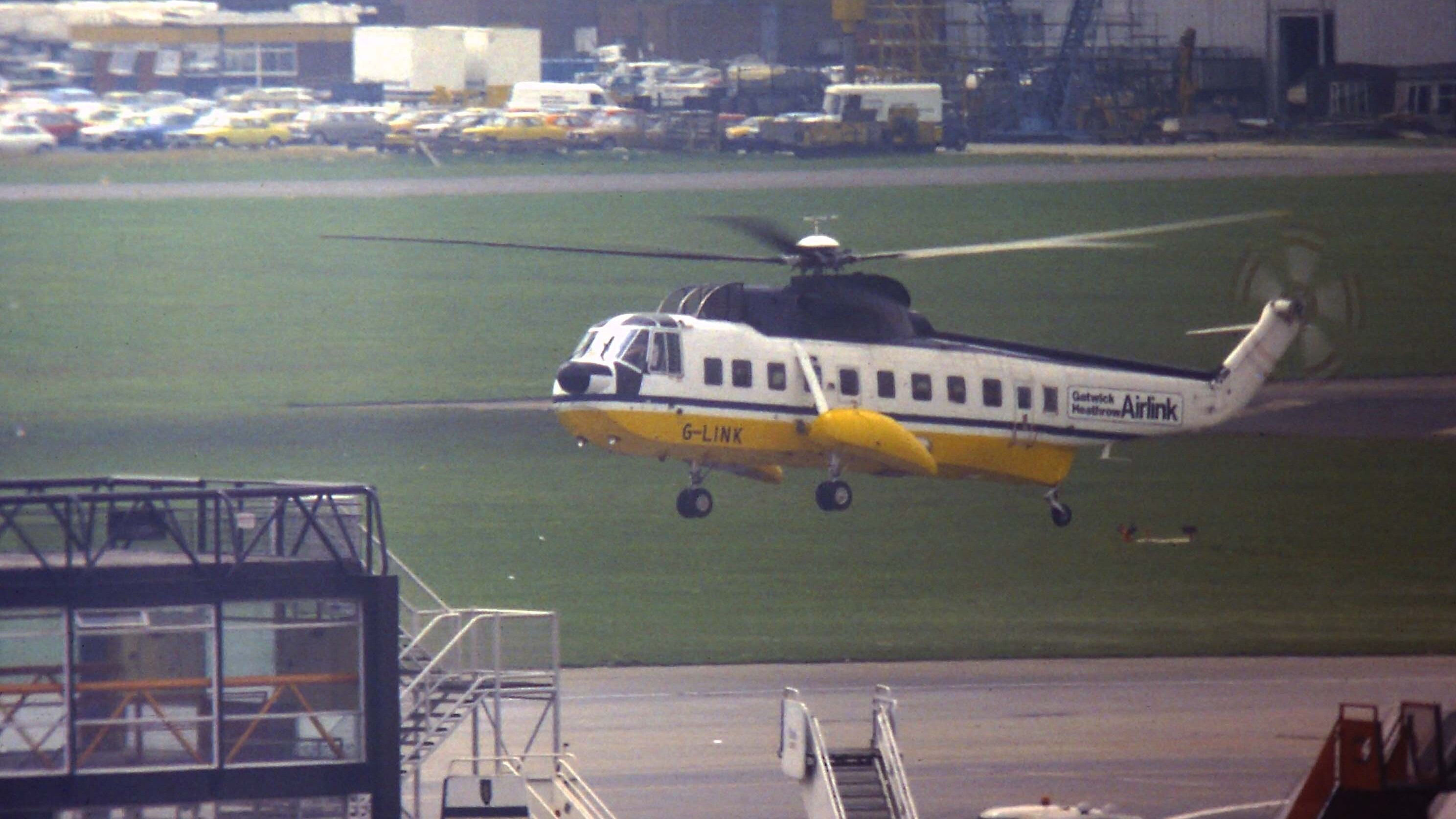
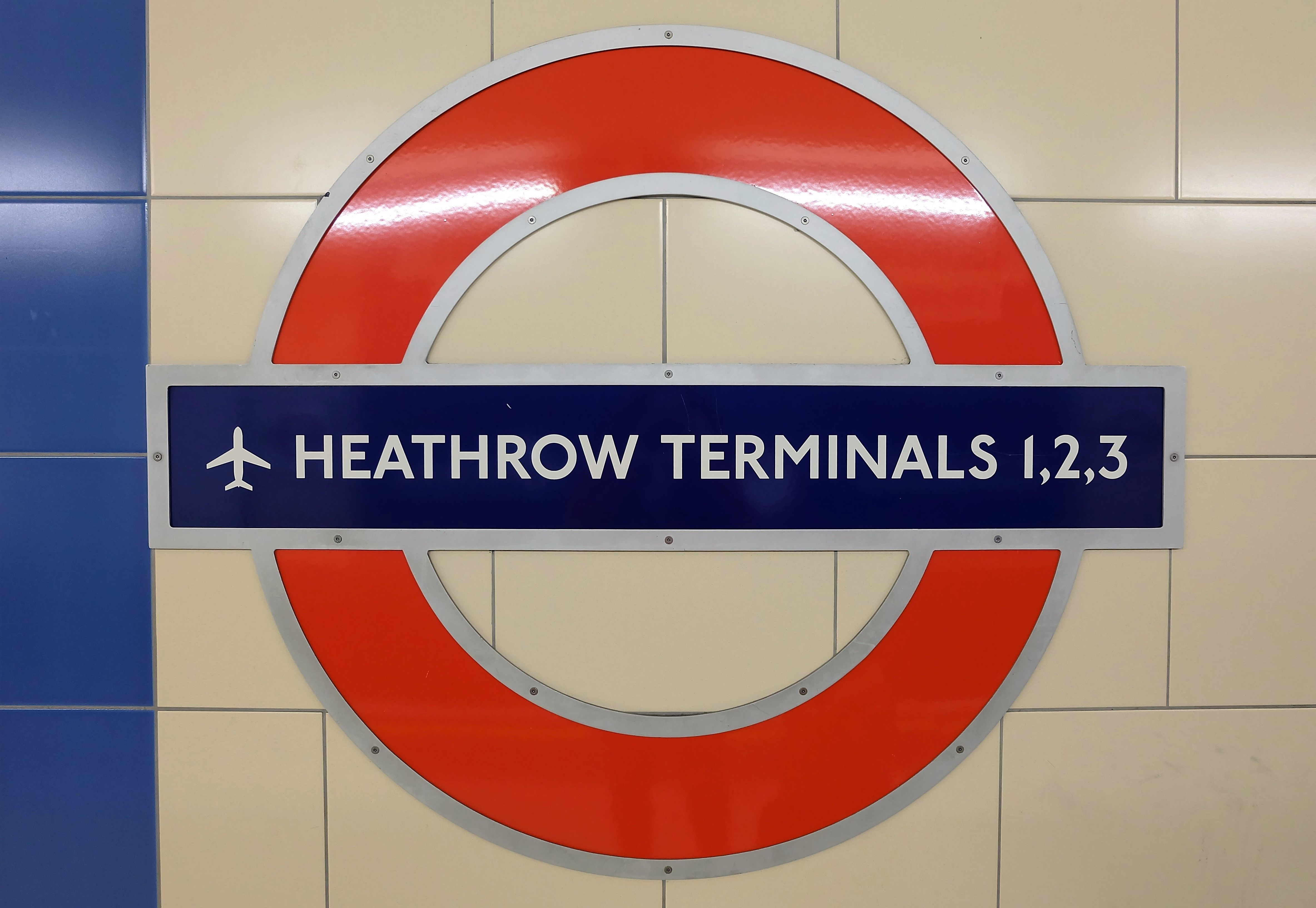
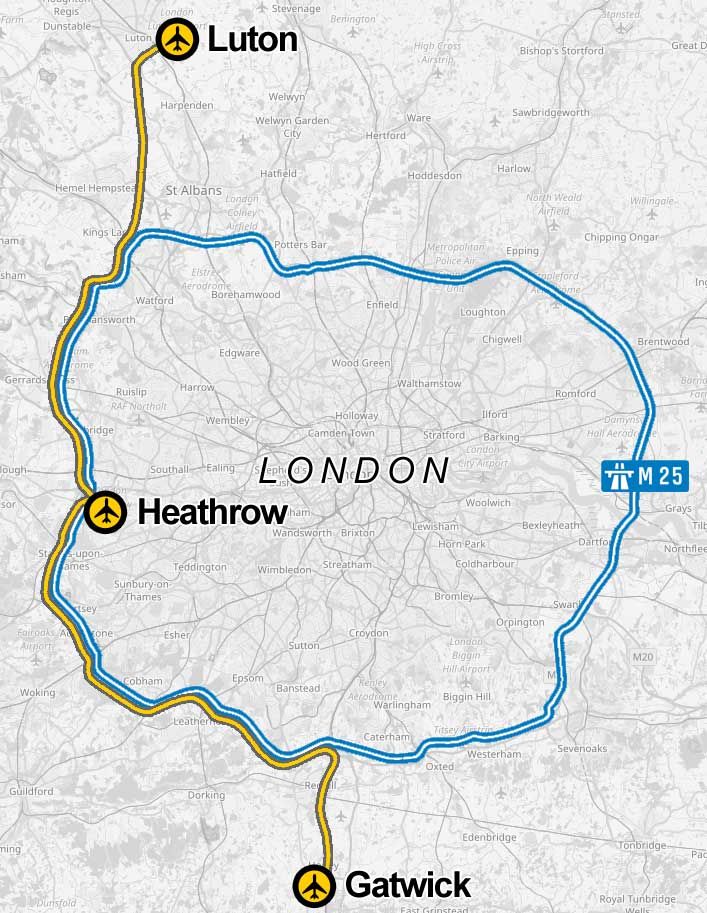
.jpg)